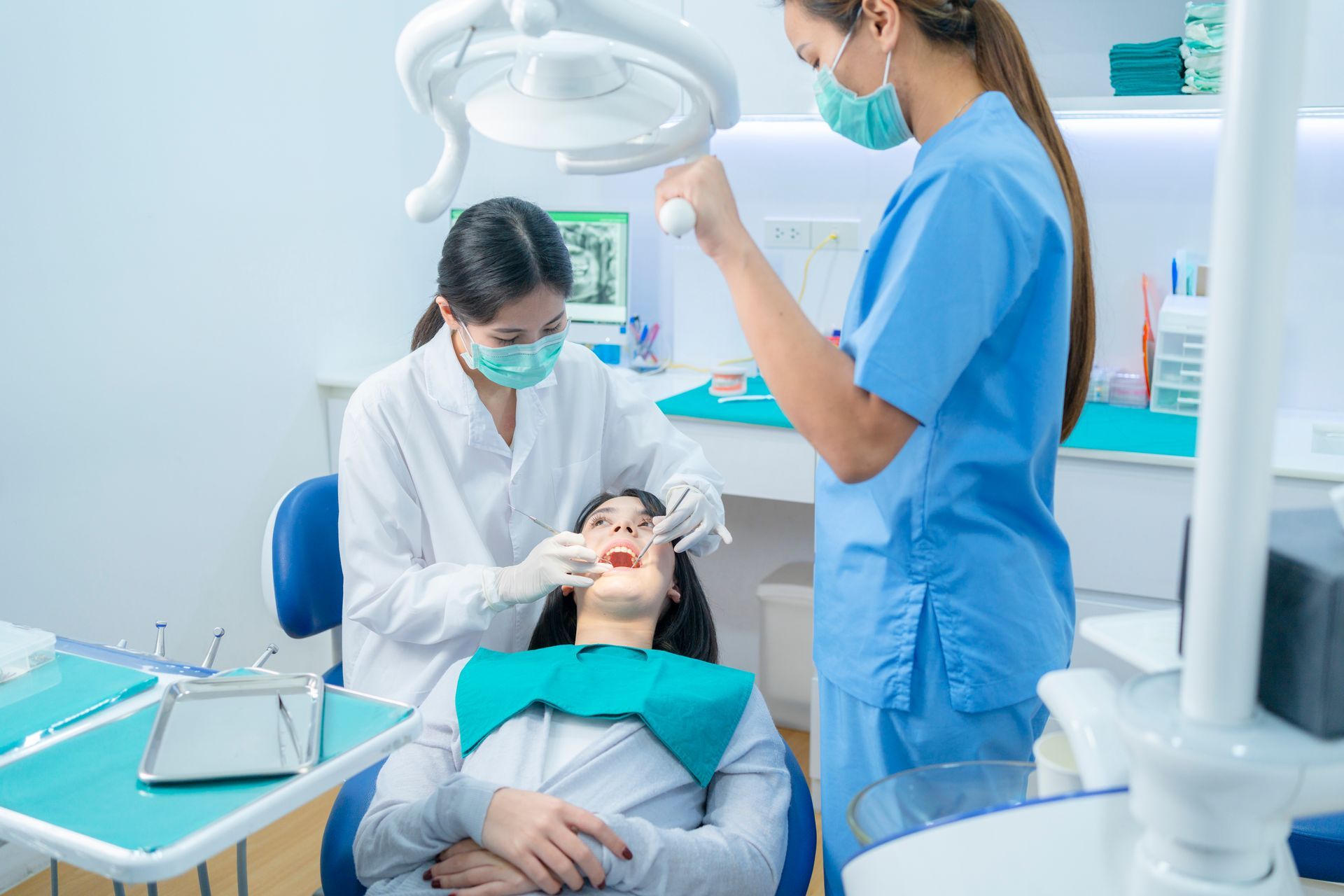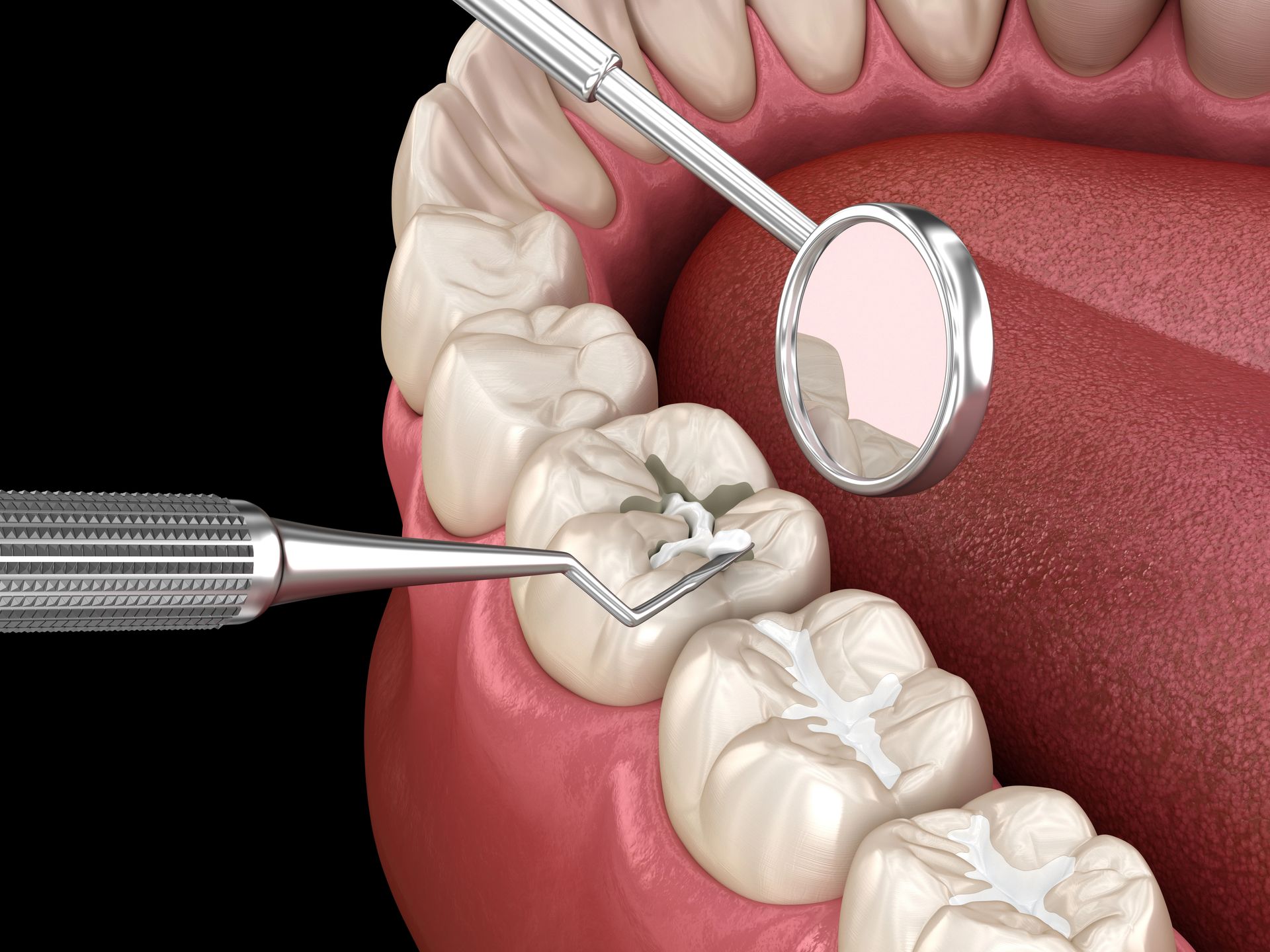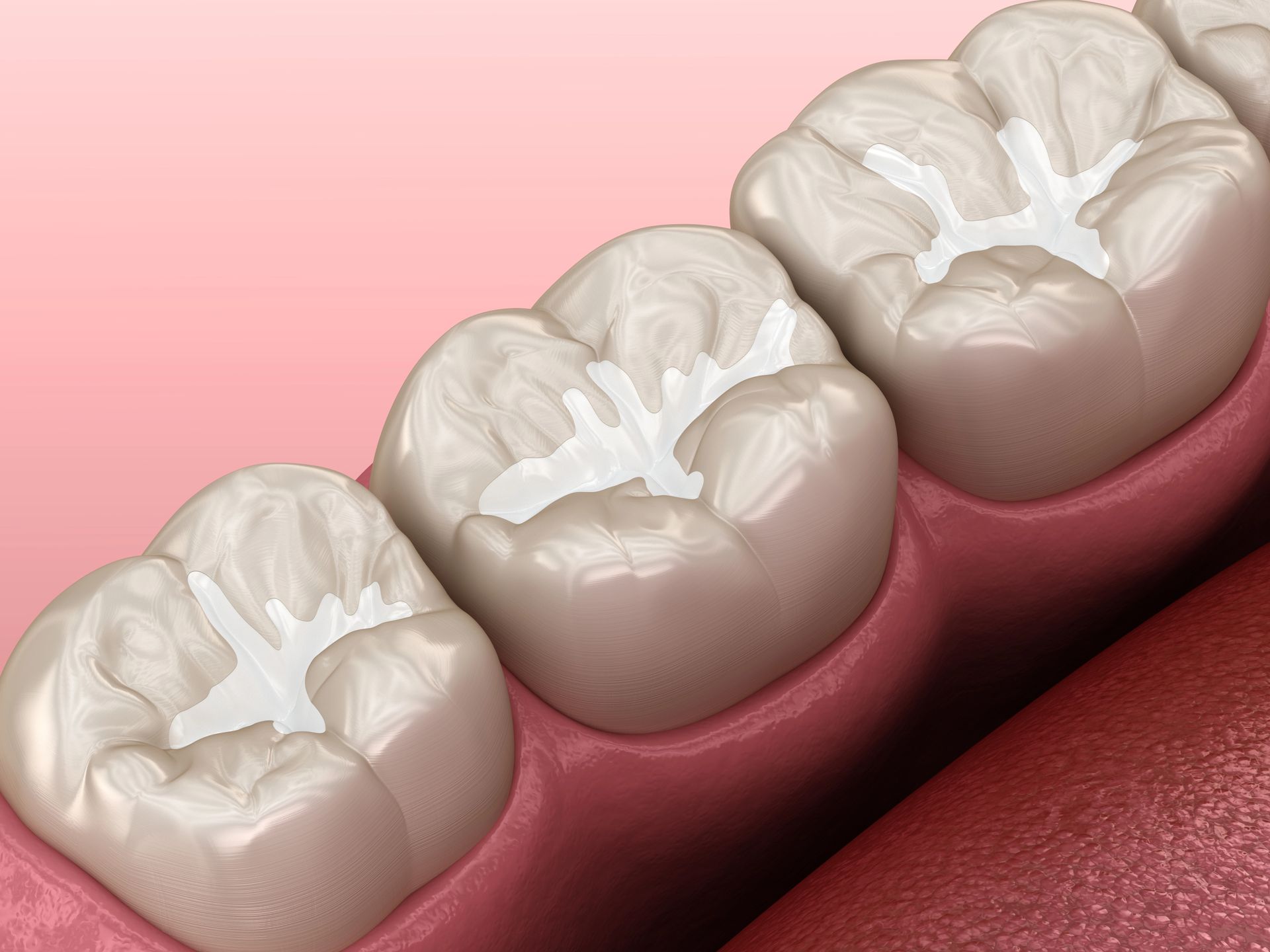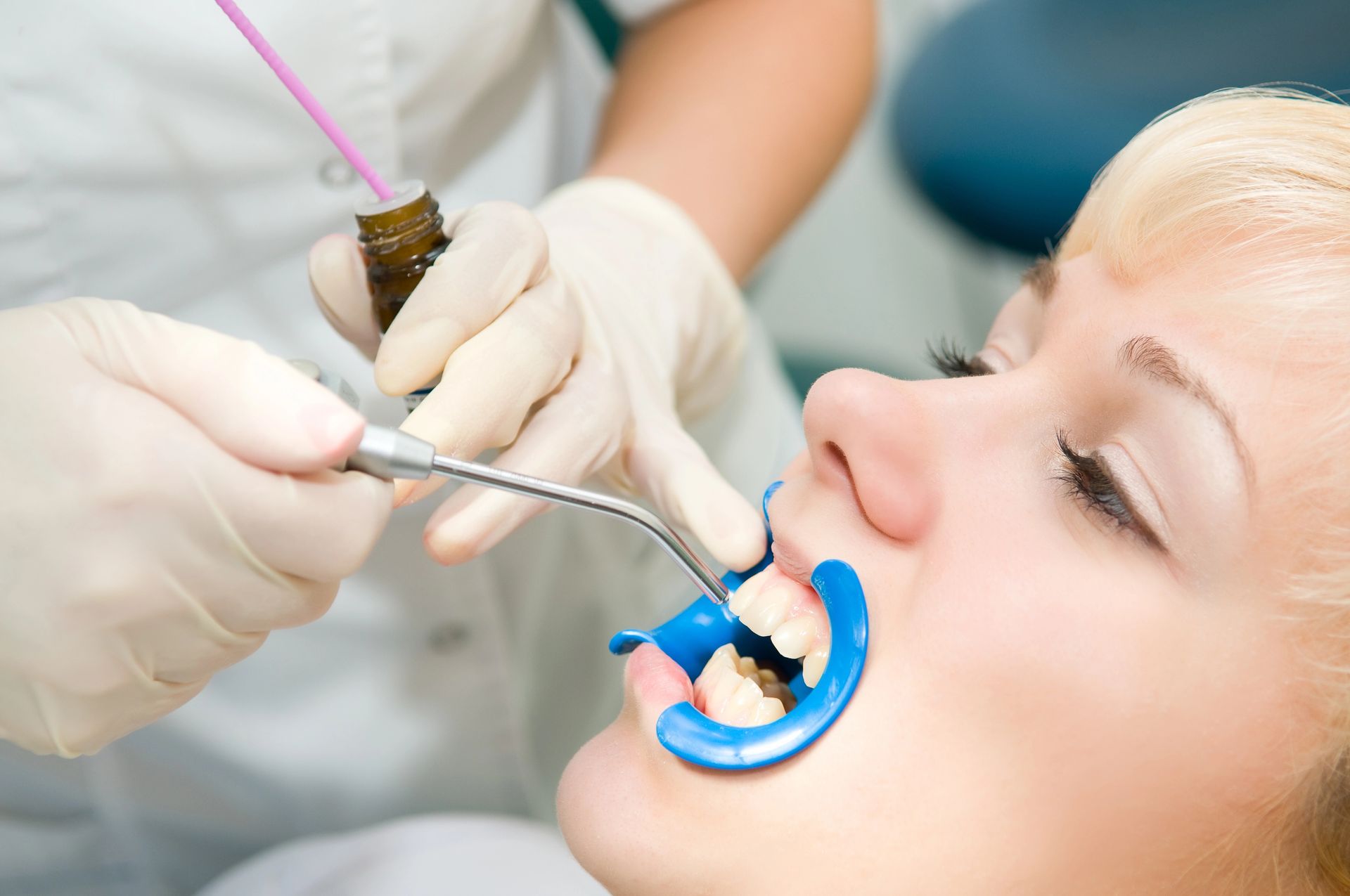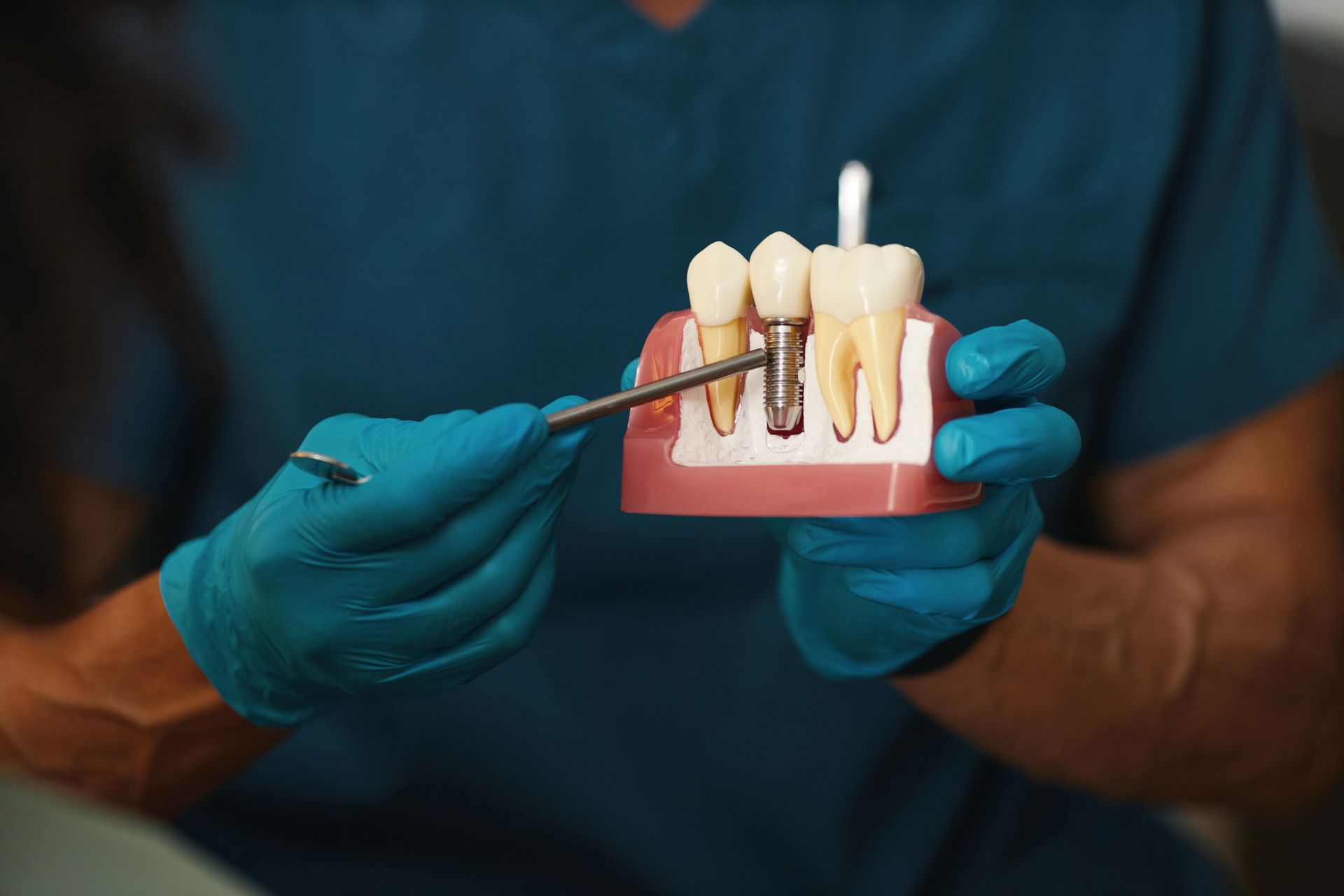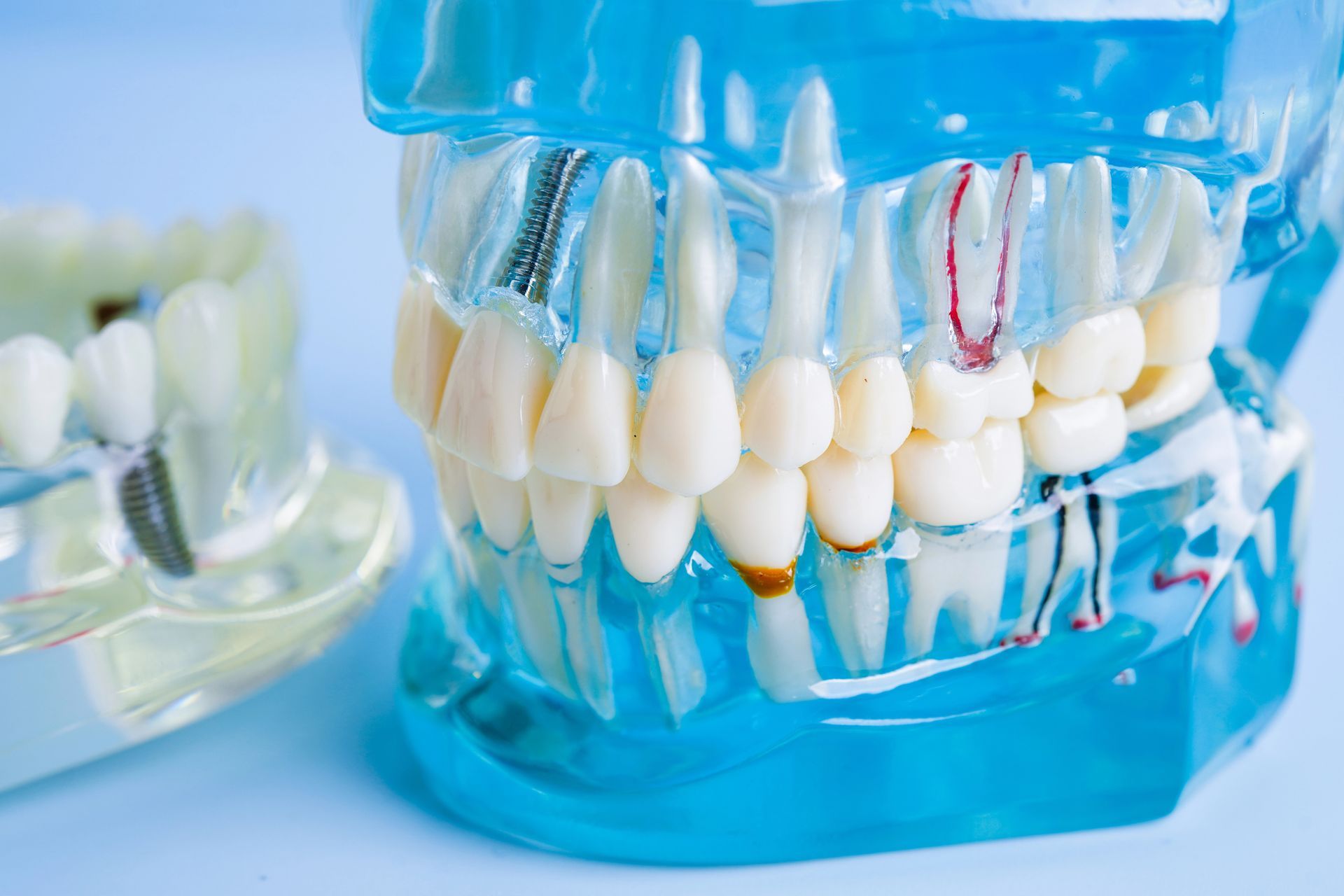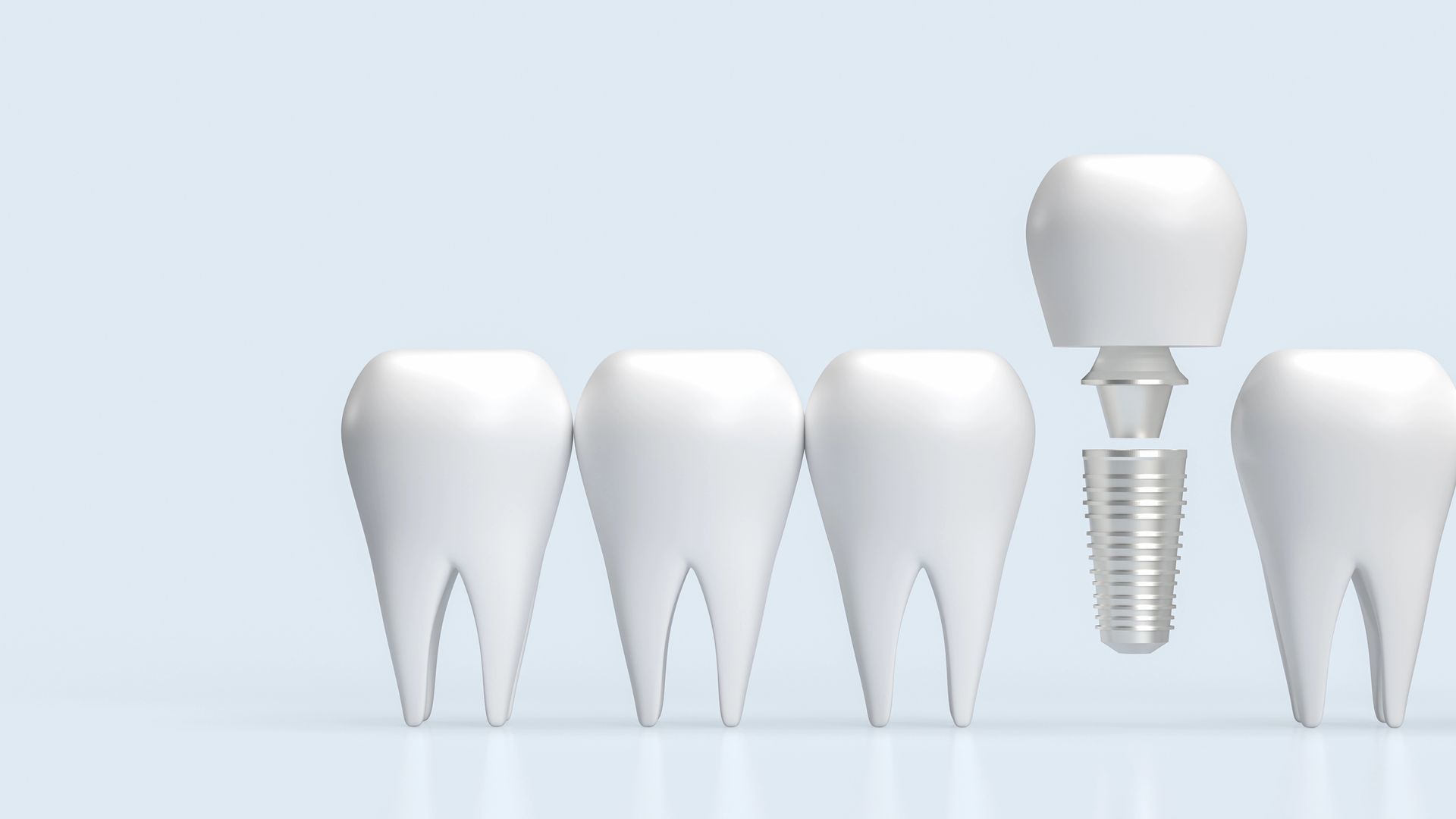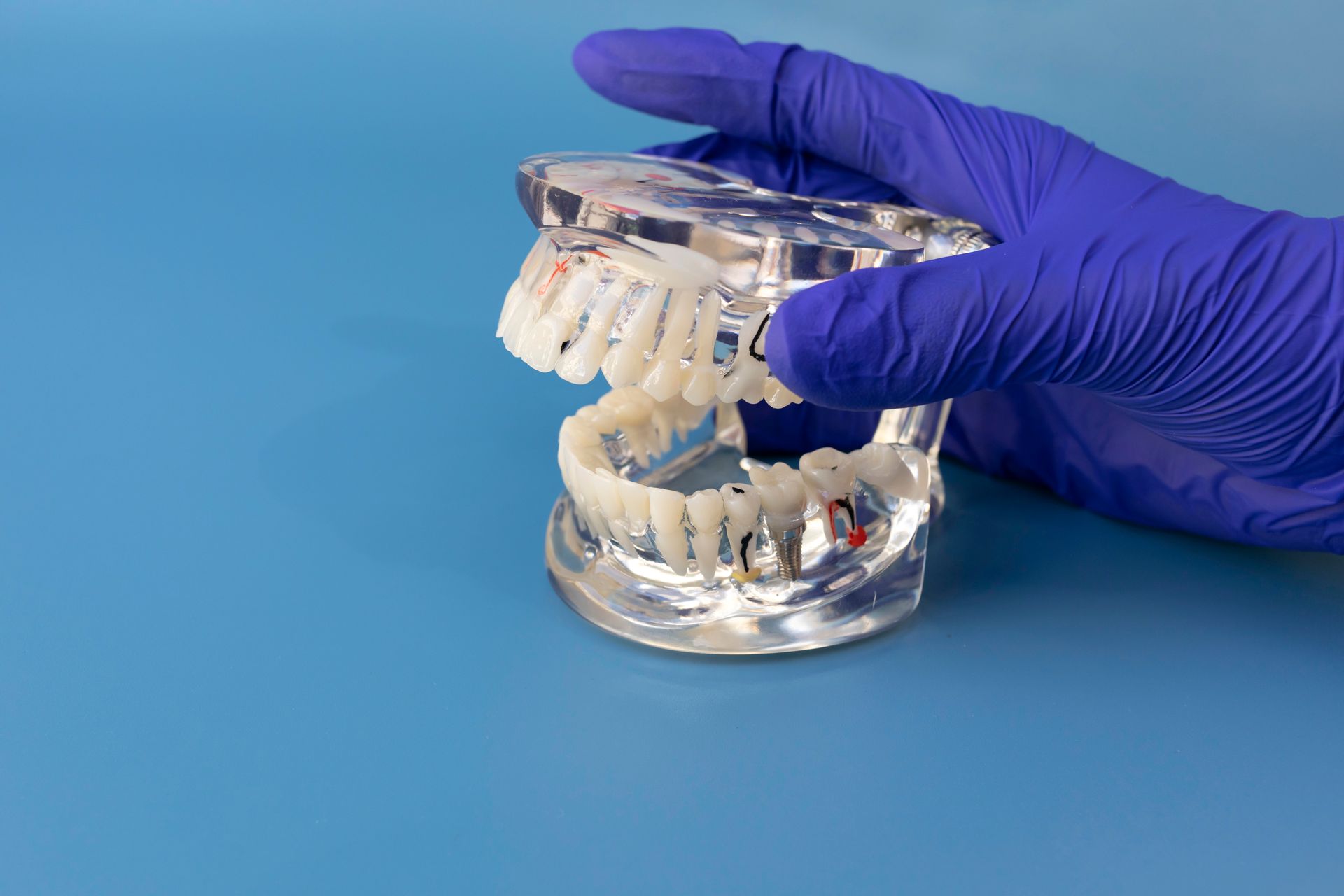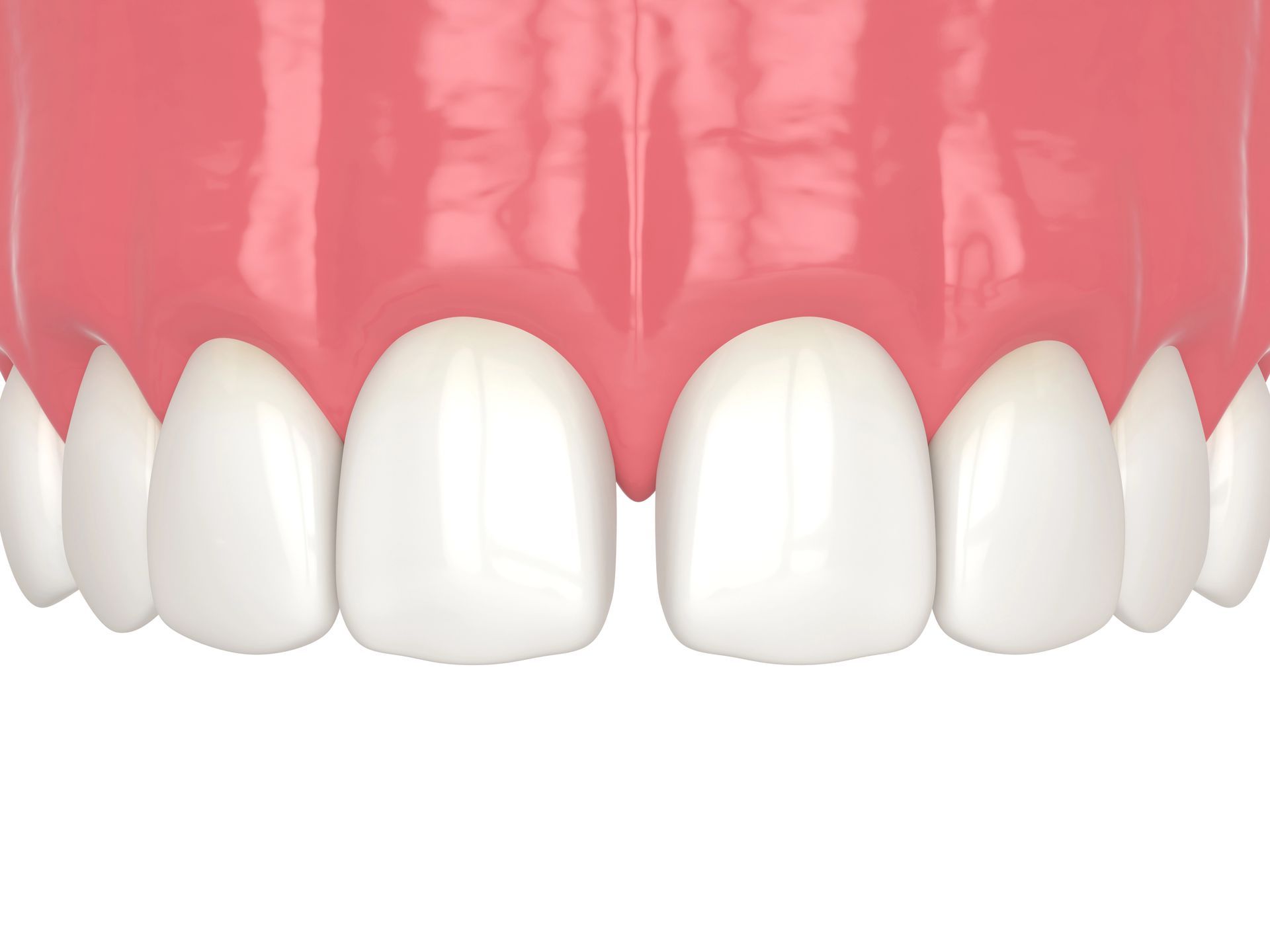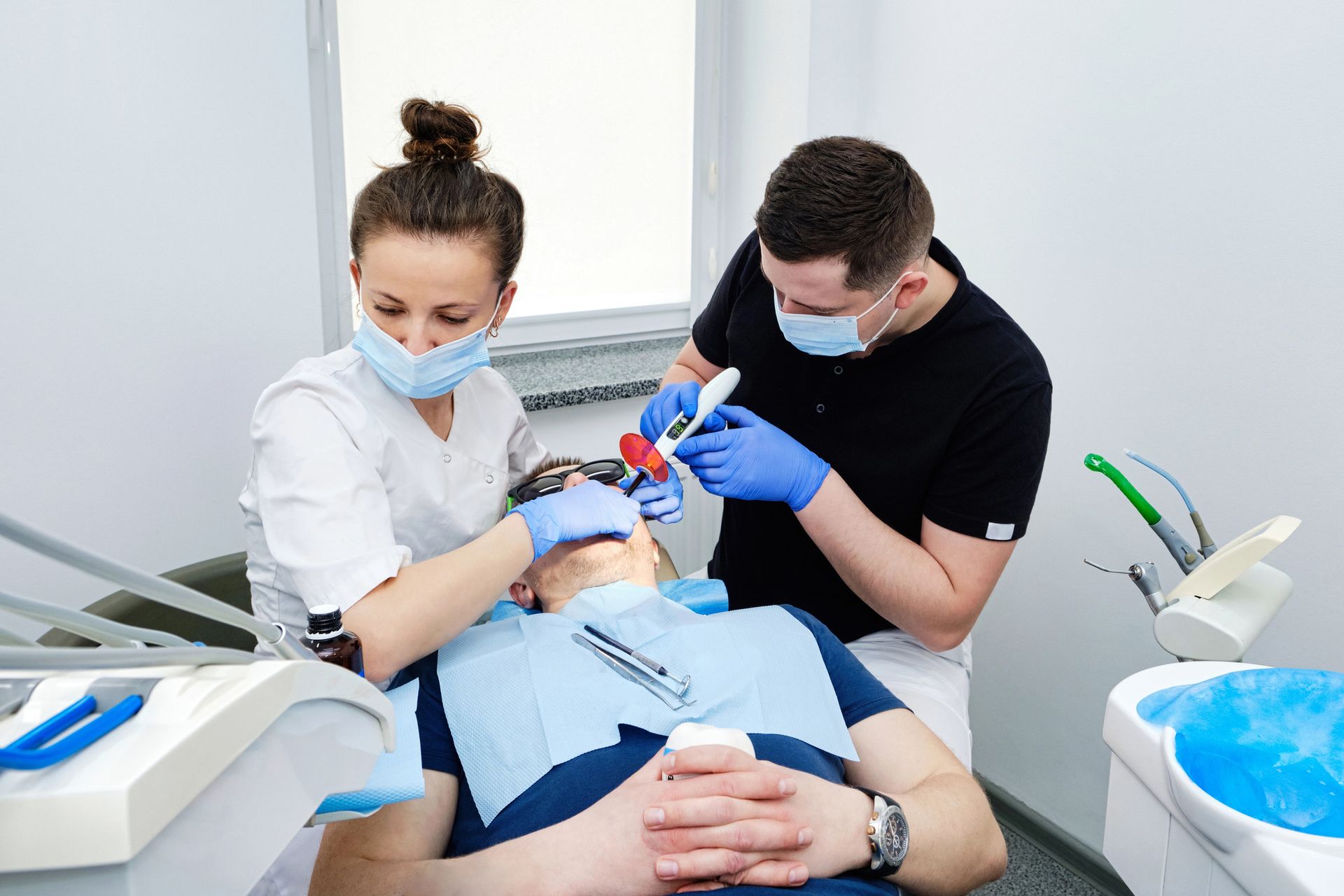Are you curious about the different types of dental veneers and wondering which one might be right for you? Understanding the various types of dental veneers can help you make an informed decision about enhancing your smile. Each type offers unique benefits and characteristics, catering to diverse aesthetic preferences and dental needs.
Types of Dental Veneers: Porcelain Veneers Overview
Porcelain veneers are one of the most popular types of dental veneers, known for their durability and natural appearance. These thin shells are custom-made to fit over the front surface of your teeth, providing a seamless and aesthetically pleasing look. Porcelain veneers are highly resistant to stains and mimic the light-reflecting properties of natural teeth, making them an excellent choice for those seeking a long-lasting solution to improve their smile. The process typically involves removing a small amount of enamel from the tooth surface to ensure a perfect fit, followed by bonding the veneer with a strong adhesive.
When considering the types of dental veneers available, porcelain veneers stand out due to their longevity and ability to transform your smile dramatically. They are ideal for correcting a range of dental issues, including discoloration, chips, and minor misalignments. While porcelain veneers may require a higher initial investment compared to other options, their durability and aesthetic benefits often justify the cost. To learn more about the lifespan of porcelain veneers and other types, check out our detailed guide: How Long Do Dental Veneers Last? Get the Facts Here.
Composite Veneers Basics
Composite veneers are a popular choice among the various types of dental veneers available today. Made from a tooth-colored resin, these veneers are directly applied and sculpted onto the teeth by a dentist. This process allows for a more customized fit and can be completed in a single visit, making it a convenient option for those looking to enhance their smile. Composite veneers are known for their ability to effectively address minor dental imperfections such as chips, gaps, and discoloration.
When considering the types of dental veneers, it's important to understand the unique characteristics of composite veneers. They are generally more affordable than other options and can be easily repaired if damaged. However, they may not last as long as other types of veneers and might require more maintenance over time. For those exploring their options, learning about the different types of veneers can be beneficial. To discover more about the options available, you can explore Veneers in Columbia.
Lumineers Characteristics
When exploring the types of dental veneers available, Lumineers stand out due to their unique characteristics. Known for their ultra-thin design, Lumineers are crafted to be as thin as a contact lens, which often allows them to be applied with minimal preparation of the natural tooth. This feature can make them an appealing option for those looking to enhance their smile without extensive dental work. Additionally, Lumineers are designed to be durable and long-lasting, providing a natural-looking appearance that can blend seamlessly with existing teeth. Their versatility in addressing various cosmetic concerns, such as discoloration or minor misalignments, makes them a popular choice among the different types of dental veneers.
Removable Veneers Insight
When exploring the types of dental veneers available, removable veneers present a unique option for those seeking flexibility and convenience. Unlike traditional veneers, removable veneers can be taken out as needed, offering a temporary solution for enhancing your smile without permanent alteration to your natural teeth. This type of veneer is often chosen by individuals who want to experiment with their appearance or have specific occasions in mind where they desire a flawless smile. Removable veneers can be an appealing choice for those who prioritize adaptability in their dental aesthetics. For more information on dental options, consider visiting Design Dentistry Columbia, your trusted Columbia Dentist.
Palatal Veneers Explanation
When exploring the types of dental veneers available, it's essential to understand the unique role of palatal veneers. These specialized veneers are designed to address issues on the palatal, or tongue-facing, side of the teeth. Unlike traditional veneers that enhance the front surface, palatal veneers focus on restoring and protecting the inner surfaces, often used for patients with wear or damage due to conditions like bruxism. By providing a protective layer, they help maintain the structural integrity of the teeth while contributing to overall oral health. Understanding the different types of dental veneers, including palatal veneers, can help in recognizing their specific applications and benefits.
Temporary Veneers Description
Temporary veneers are a short-term solution often used in the process of getting permanent veneers. They serve as a protective and aesthetic placeholder while your custom veneers are being crafted. These temporary versions allow you to experience the look and feel of veneers without committing to a permanent change right away. As part of the broader types of dental veneers, temporary veneers help individuals transition smoothly to their final dental enhancements, ensuring comfort and satisfaction with the anticipated results.
Custom-Made Veneers Details
Custom-made veneers are a popular choice among the various types of dental veneers available today. These veneers are meticulously crafted to fit the unique contours of an individual's teeth, ensuring a natural and seamless appearance. The process involves taking precise measurements and impressions of the teeth, which are then used to create veneers that match the desired shape, size, and color. This personalized approach allows for a tailored fit that enhances the overall aesthetic of one's smile. Custom-made veneers are designed to address a range of dental concerns, providing a versatile solution within the broader spectrum of types of dental veneers.
Prepless Veneers Features
Prepless veneers are a popular option among the various types of dental veneers available today. These veneers are designed to be applied directly to the teeth without the need for extensive preparation or removal of tooth enamel. This feature makes them a minimally invasive choice, appealing to those who prefer to preserve their natural tooth structure. Prepless veneers can enhance the appearance of teeth by addressing issues such as discoloration, minor misalignments, and small gaps, providing a more aesthetically pleasing smile. As with other types of dental veneers, prepless veneers are custom-made to fit each individual's teeth, ensuring a natural look and feel.
Minimal-Prep Veneers Information
When exploring the types of dental veneers available, minimal-prep veneers emerge as a popular option for those seeking a less invasive approach. These veneers require little to no removal of the natural tooth enamel, making them an attractive choice for individuals who prefer to preserve their original tooth structure. Unlike traditional veneers, which may involve more extensive preparation, minimal-prep veneers offer a streamlined process that can be appealing to many. This type of dental veneer is designed to enhance the appearance of teeth while maintaining a more conservative approach to dental modification.
Conclusion
Exploring the types of dental veneers can help you make an informed decision about enhancing your smile. For more information, call us at 803-408-7163 or check out our Google Maps reviews.

